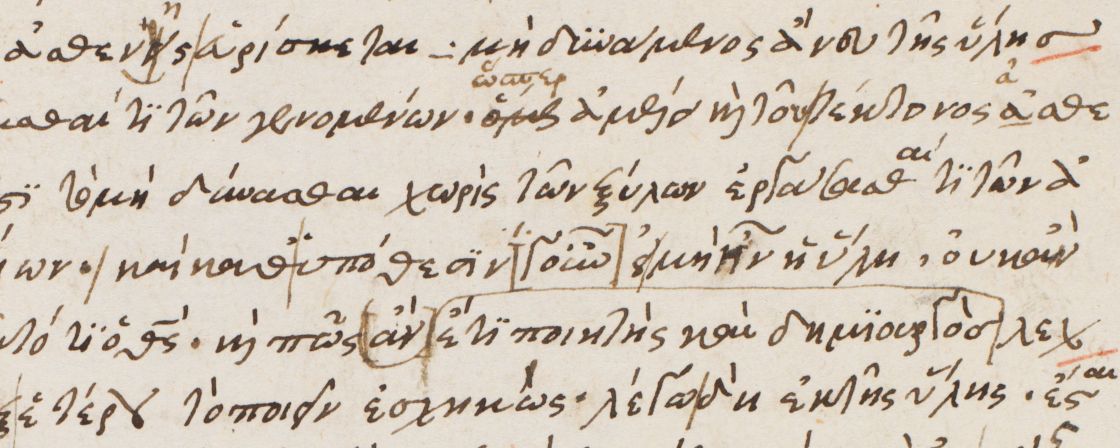1. The Greek works of Athanasius of Alexandria : Master for the editio princeps
This composite manuscript consists of three volumes (1, 2, 3) for a total of over 1000 pages. It transmits more than 30 works by Athanasius of Alexandria (296/8-373) or works that were attributed to him, often in several versions. The texts were copied in the 16th century, perhaps on the initiative of Theodore Beza (1519-1605), in order for Peter Felckmann to prepare the first printed edition of the works of Athanasius in Greek, which was published in 1600-1601 by Commelin in Heidelberg. As the direct master for the editio princeps, this manuscript is of great historical importance. In addition to the textual variants identified by Felckmann, it also contains annotations by early modern editors with typographic signs and line counts for preparing the printed edition.
|





